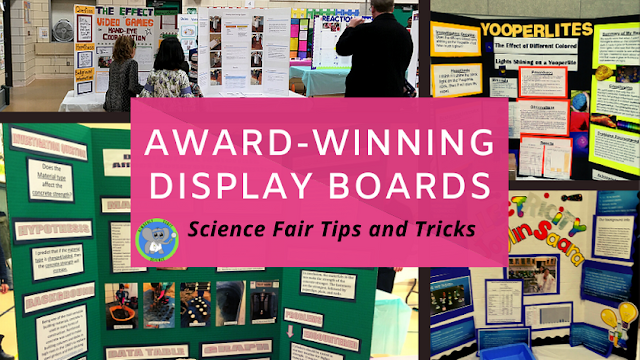Baking Soda And Vinegar Science Activities For Kids
We love creating a memorable experience in the classroom. It is fun to take the classics up a notch when teaching chemical changes. Baking soda and vinegar is the perfect experiment for this. You can perform it in many ways that will create oohs and ahhs. Teachers find it inexpensive and safe for the K-5th grade classroom. Here are some great ideas for helping kids learn about chemical changes using baking soda and vinegar.
What is the Classic Vinegar and Baking Soda Reaction?
A chemical reaction happens when a new substance or substances are created. Chemical bonds in the original compounds are broken, and new chemical bonds are created. One of the first chemical reactions kids encounter is the classic vinegar and baking soda eruption. Vinegar contains acetic acid, which by its name, is acidic. Baking soda is known as sodium bicarbonate and is a base. When the two are put together, they react. The new substances formed are water, sodium acetate (a salt), and carbon dioxide gas. The bubbles created are the carbon dioxide gas escaping. This fun reaction can be done in many different ways.
Expanding Balloons
Students will love catching the gas into a balloon. We can do a twist on this for Halloween by using a white balloon and adding a ghost face. We call them Expanding Ghosts. Follow the directions carefully below and have lots of fun.
Vinegar or Lemon Juice
Baking soda
12-inch balloon (white for ghost, green for the monster, orange for pumpkin)
Permanent marker
Spoon
Measure cups or graduated cylinder
Materials
16oz. Empty water bottleVinegar or Lemon Juice
Baking soda
12-inch balloon (white for ghost, green for the monster, orange for pumpkin)
Permanent marker
Spoon
Measure cups or graduated cylinder
Safety Goggles
Procedures- Draw a ghost face on the balloon using a permanent marker. We recommend inflating it slightly and drawing on it.
- Pour 20 ml of baking soda into the balloon. A funnel is helpful. Set the balloon aside.
- Pour 60 ml of vinegar or lemon juice into the water bottle.
- Carefully place the balloon on top of the bottle. Do not let the baking soda fall in yet. Make sure the balloon is secured tightly.
- Lift up the balloon and shake the baking soda into the bottle. Observe the balloon inflate.
- Draw a ghost face on the balloon using a permanent marker. We recommend inflating it slightly and drawing on it.
- Pour 20 ml of baking soda into the balloon. A funnel is helpful. Set the balloon aside.
- Pour 60 ml of vinegar or lemon juice into the water bottle.
- Carefully place the balloon on top of the bottle. Do not let the baking soda fall in yet. Make sure the balloon is secured tightly.
- Lift up the balloon and shake the baking soda into the bottle. Observe the balloon inflate.
Sudsy Fun
Materials
Small Container
Shallow Tray
Vinegar or Lemon Juice
Dish Soap
Food Coloring
Baking Soda
Procedures
- Place the small container in the shallow tray to catch spills.
- Pour 20 ml of baking soda into the small container.
- Add a couple drops of dish soap.
- Add a couple drops of food coloring. (optional)
- Measure 60 ml of vinegar.
- Pour the vinegar into the small container and observe the eruption.
- Conduct again and see what happens when you change the amount of soap.
Exploding Film Canisters
If you have any old film canisters lying around, this is so much fun! You can also try any plastic container with a snap-on lid. The gas will build up inside the container. Once the pressure is strong enough, the bottle with pop open. You will be surprised how far it flies in the air.
Materials
Plastic Film containers or plastic containers with a snap-on lid.
Vinegar
Baking Soda
Open Location Outside
Safety Goggles
Procedures
- Put on your safety goggle.
- Pour a small amount of baking soda into the indentation on the inside of the lid. Set aside.
- Fill the film canister 1/2 way with vinegar.
- Carefully and quickly place the lid on the film canister allowing the baking soda to fall in with the vinegar. Make sure it snaps closed.
- Flip the canister upside down so the bottom is the part that flies up in the air. You can do it either way, but this is easier to see.











